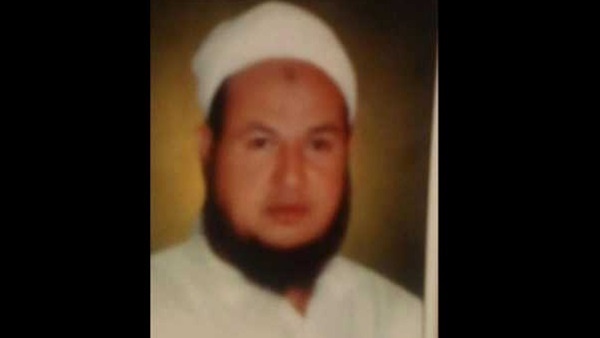Ibrahim Ezzat: The Brotherhood member who founded Jama’at at-Tabligh

Ibrahim Ezzat was viewed as a mysterious figure. He
joined the Muslim Brotherhood early on in his life. He then broke ranks with
the group and founded a branch of Jama’at at-Tabligh in Egypt.
Almost all takfiris, especially in Syria and Iraq,
know Ezzat’s poems and statements by heart.
Ezzat was born in the southern Egyptian province of
Sohag in 1939. He then moved to Tanta where his father worked at as a teacher
at a technical school.
Tanta is home to the mosque of one of the most
important Sufi sheikhs, namely Al-Sayyid Ahmed Al-Badawi. This was where Ezzat
received his primary education.
Ezzat then moved to Cairo and lived in the eastern
Cairo district of Zeitoun. He lived there until he joined the College of
Commerce at Ain Shams University.
As a university student, Ezzat participated actively
at Islamist student unions and associations, such as the “The Muslim Youth
Association”. The association was Ezzat’s gateway to the Muslim Brotherhood.
After graduation, Ezzat was conscripted in the army.
Soon after he completed his military service, Ezzat was hired by the Egyptian
radio to work as an announcer. He preferred to work in religious and cultural
programs.
He then moved to the Egyptian Central Agency for Organization
and Administration. He then obtained a Master’s Degree from al-Azhar University
in business administration.
Jama’at at-Tabligh
Ezzat got closer to the Brotherhood because of his
work at the Central Agency for Organization. He was, however, arrested twice
under the late president Gamal Abdel Nasser over his links with the
Brotherhood. He was then released when the late president Anwar Sadat took over
in 1971.
The first thing Ezzat did after getting out of jail was to found a branch of Jama’at at-Tabligh and Dawaa in Egypt. The headquarters of the new movement was in Tamouh, a village of Abu al-Nimras center in Giza province. The group was deeply influenced by Ezzat’s thinking. It took root and grew in poor villages.
One of
the things Ezzat learned from the Brotherhood was the need for his ideology to
have presence among the poor and the illiterate.
Jama’at
at-Tabligh
and Dawaa did not have its own methodology that was distributed to members in a
printed form to read and keep by heart. The group included as members hundreds
of uneducated or poorly educated people.
Unlike other Islamist organizations, Jama’at at-Tabligh
did not have a defined organizational structure. Ezzat’s followers selected an
emir in every region they visited. There were members and emirs in the group, nothing
else.
The members of the group do not settle in one place. They travel around the country, taking with them necessities to help them spend times away from their homes.
When they are at the mosque, the members of the
group stay away from other people. They then go out of the mosque to invite
people to the prayer and mosque sermons.
Jama’at
at-Tabligh
is classified as a group of preaching and guidance. It addresses Muslims and
non-Muslims in a simple manner.
Brotherhood’s influence
The Brotherhood influenced Jama’at at-Tabligh
and Dawaa for a long time, even as Ezzat left the movement sometime before he
founded his new group.
Ezzat remained in contact with the Brotherhood and
Islamists in general. He did not either want to collide with them or lose them.
Jihad as a term had a different meaning for Ezzat.
To him, jihad meant going out on the way of Allah and serving Muslims. It did
not necessarily mean to him the carrying of arms.
Ezzat did not have a special religious approach, but
eloquence. This eloquence attracted people to him. They liked the way he talked
and even sang his words and speeches.
Ezzat’s eloquence manifested itself in his poetry.
He acquired this eloquence from his intensive reading in Islamic and
enthusiastic poetry, including that of Sayyid Qutb, Yusuf al-Qaradawi and
others.
Ezzat’s poems were sung by senior religious and
jihadist singers, most notably the Syrian singers Abu Mazin, and Abu Rateb.
Ibrahim Ezzat died in Mecca, Saudi Arabia, in 1983,
as he performed the minor pilgrimage (known in Arabic as Umrah). He was 44 then.





